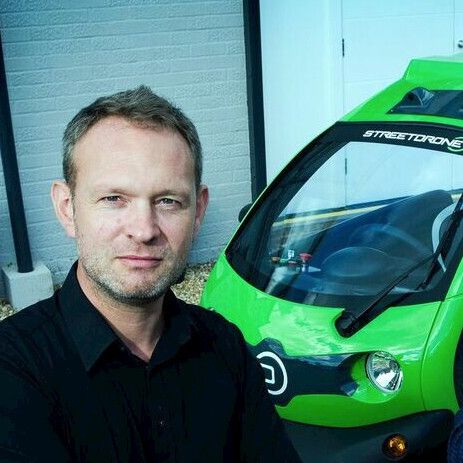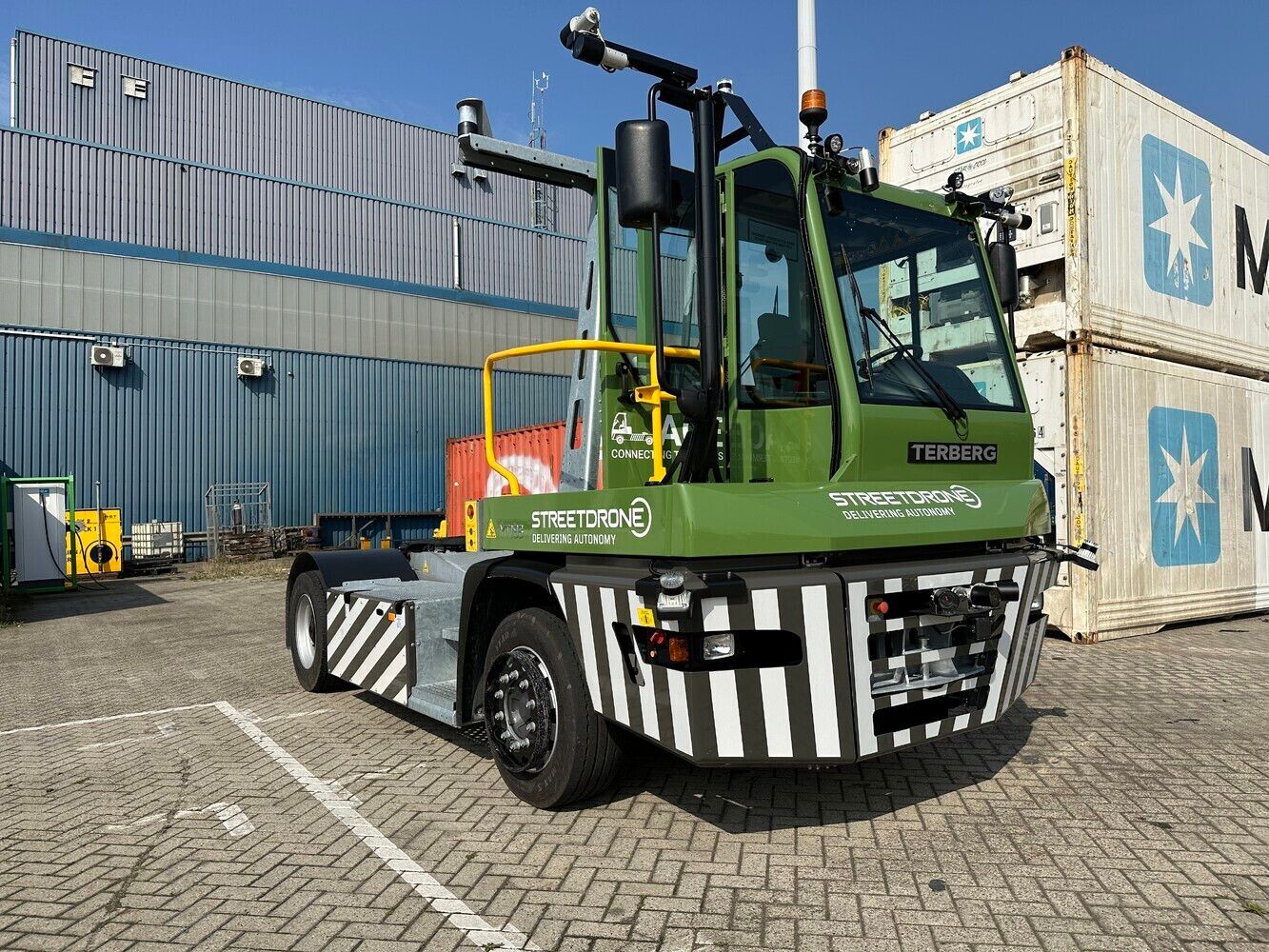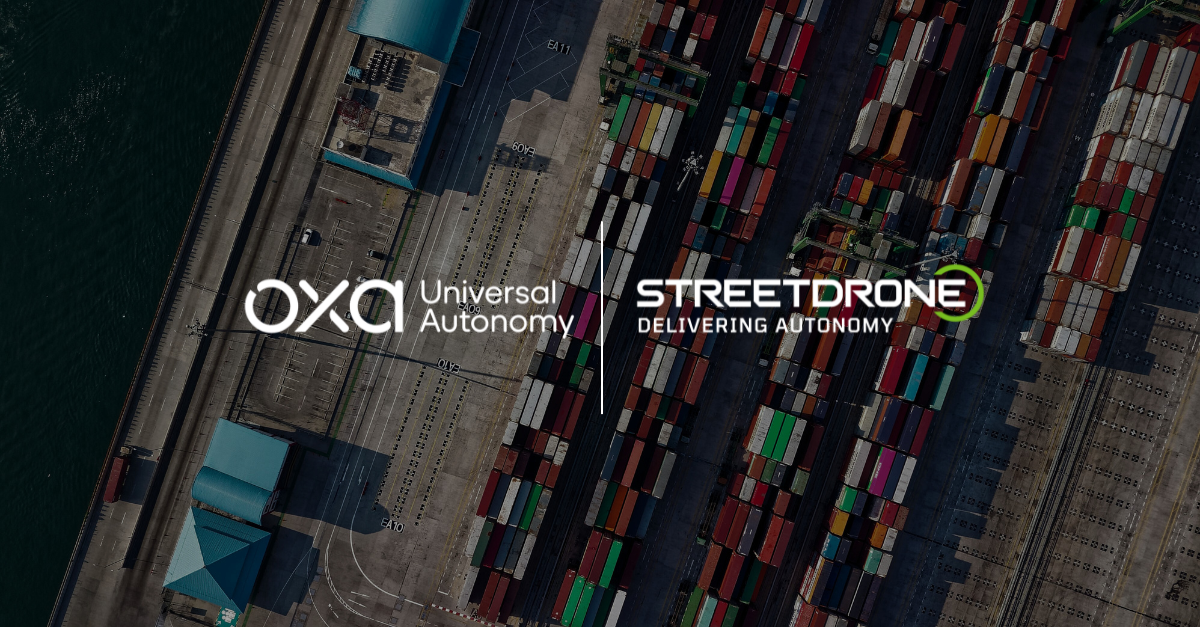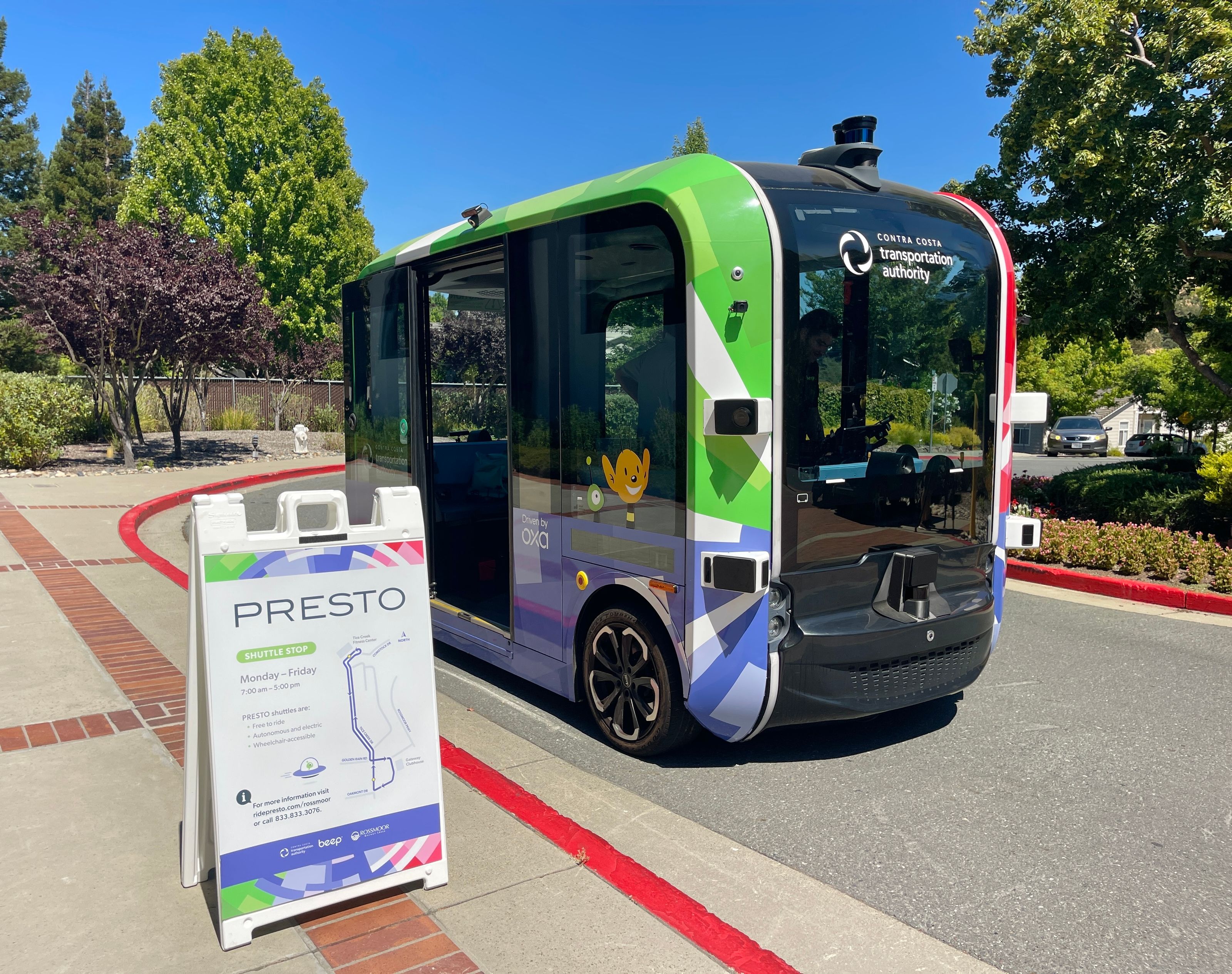Why StreetDrone Joined Oxa: The Case for a Profitable Autonomous Product!

By Mike Potts
Director of Autonomous Industrial Logistics, Oxa (ex CEO and co-founder, StreetDrone)

A little background
StreetDrone was founded with the mission of bringing the deployment of autonomy closer to reality by focusing down on the nearest-term deployments of full-stack autonomy within the industrial logistics sector. Here we are able to more clearly define and control the environments whilst not having to worry about the evolution of legislation required for on-road autonomy. Simply put, we’ve been obsessed with bringing a pragmatic, near-term view to the deployment of commercially viable autonomy.
StreetDrone’s capabilities included advanced systems for autonomous logistics vehicles, including drive-by-wire systems, and teleoperation as well as use case specific autonomous software. We have been particularly successful in working alongside leading vehicle manufacturers to automate vehicle fleets in controlled environments.
Oxa, on the other hand, has pioneered advanced self-driving vehicle software, developing a mega-platform that powers autonomous vehicles in both commercial and industrial settings. Backed by industry giants and venture funding, Oxa has successfully deployed autonomous vehicles across sectors, cementing its place as a leader in the global autonomous software sector.
It was a no-brainer to bring these two capabilities together!
Why industrial logistics is the perfect market for autonomy
Industrial logistics is a sector with immense potential for automation, and there are three key reasons why we have chosen to focus on this area.
1. Massive market opportunity
The scale and scope of the industrial logistics market is staggering. Globally, around 6 billion tonnes of freight are moved annually, and terminal tractors play a pivotal role in moving almost all of this freight. These vehicles work long shifts and require multiple drivers to operate them. However, there is a significant and well-documented shortage of drivers, which has put enormous pressure on logistics operators.
The financial opportunity for automating this sector is enormous. There are currently about 400,000 terminal tractors operating globally, with a total market value estimated at $40 billion. The ability to automate these vehicles would not only address the shortage of drivers but also dramatically reduce operational costs and increase efficiency. By focusing on industrial logistics, we are targeting a market that is not just ripe for disruption but also has a clear and pressing demand for the benefits that autonomous technology can deliver.
2. Market readiness for autonomous solutions
The second key reason industrial logistics is the ideal market for near-term autonomy is the widespread acceptance of the need for automation amongst the biggest players in the market. The largest logistics operators recognise that autonomous terminal tractors are the easiest and quickest way to improve efficiency, reduce costs, and increase safety in their environments. Unlike public road environments, where autonomous vehicles face significant regulatory and technical hurdles, the private, controlled nature of industrial sites makes them perfect for the early roll-out of autonomous technologies.
At StreetDrone, we had already demonstrated product-market fit. Our autonomous solutions have been successfully deployed in major industrial environments, such as with logitics provider Vantec at Nissan’s car plant in Sunderland and at the Port of Rotterdam with operator Q Terminals Kramer. These deployments show that logistics operators are ready for the next step: full autonomy. By combining our experience with Oxa’s self-driving software, we are ready to offer a solution that meets the current needs of the industry while also positioning ourselves for the future.
3. Reduced technology complexity - simplified vehicle architecture, semi-controlled environments
The industrial logistics sector benefits from having a singular dominant vehicle type: the (humble) Terminal Tractor. This type of vehicle is used worldwide to transport freight within private industrial environments such as ports, retail logistics hubs, and within large-scale manufacturing. The uniformity of this vehicle architecture across manufacturers simplifies the challenge of automation. Instead of developing multiple designs for a variety of vehicle types, we can focus our efforts on perfecting autonomous systems for a single, standardised platform.
We already have a major partnership with one of the world’s leading OEMs in the terminal tractor market, and we’re lining up further OEM collaborations to provide this market with the choice it needs across different geographies and price points. This will ensure that we are working with the most widely used vehicles in industrial logistics, allowing us to deploy solutions both rapidly and at scale. This alignment of vehicle architecture and our technology is a key reason why we believe we will produce the world’s most advanced autonomous solution.
It’s much more than technology
The reality is that the broader autonomy sector has suffered some false dawns over the last decade, because of missed deadlines by some, and slower-than-anticipated commercial rollouts by others. It is also true that some autonomy businesses have spent an awful lot of money on the challenge, and still cannot point at a profitable business model. We need autonomy to make its mark, and we need that to happen sooner, not later. Autonomous terminal tractors are the opportunity to change the narrative, to create a profitable product line for both our business and our customers. That is unbelievably exciting!
Our new autonomous industrial logistics product at Oxa represents more than just a business transaction—it’s a commitment to transforming the industrial logistics sector. Together, we are aiming to create the world’s most advanced autonomous industrial logistics solution, built on the strengths of both companies. We now have a cutting-edge autonomous software platform to introduce to our customers, and we’re poised to lead the next wave of innovation in industrial autonomy.
Share this







